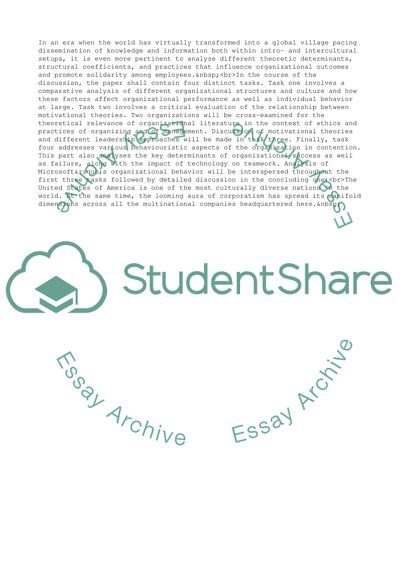Cite this document
(Microsoft Corporation - Organisational Behaviour Case Study, n.d.)
Microsoft Corporation - Organisational Behaviour Case Study. Retrieved from https://studentshare.org/management/1730486-organisational-behaviour
Microsoft Corporation - Organisational Behaviour Case Study. Retrieved from https://studentshare.org/management/1730486-organisational-behaviour
(Microsoft Corporation - Organisational Behaviour Case Study)
Microsoft Corporation - Organisational Behaviour Case Study. https://studentshare.org/management/1730486-organisational-behaviour.
Microsoft Corporation - Organisational Behaviour Case Study. https://studentshare.org/management/1730486-organisational-behaviour.
“Microsoft Corporation - Organisational Behaviour Case Study”, n.d. https://studentshare.org/management/1730486-organisational-behaviour.


